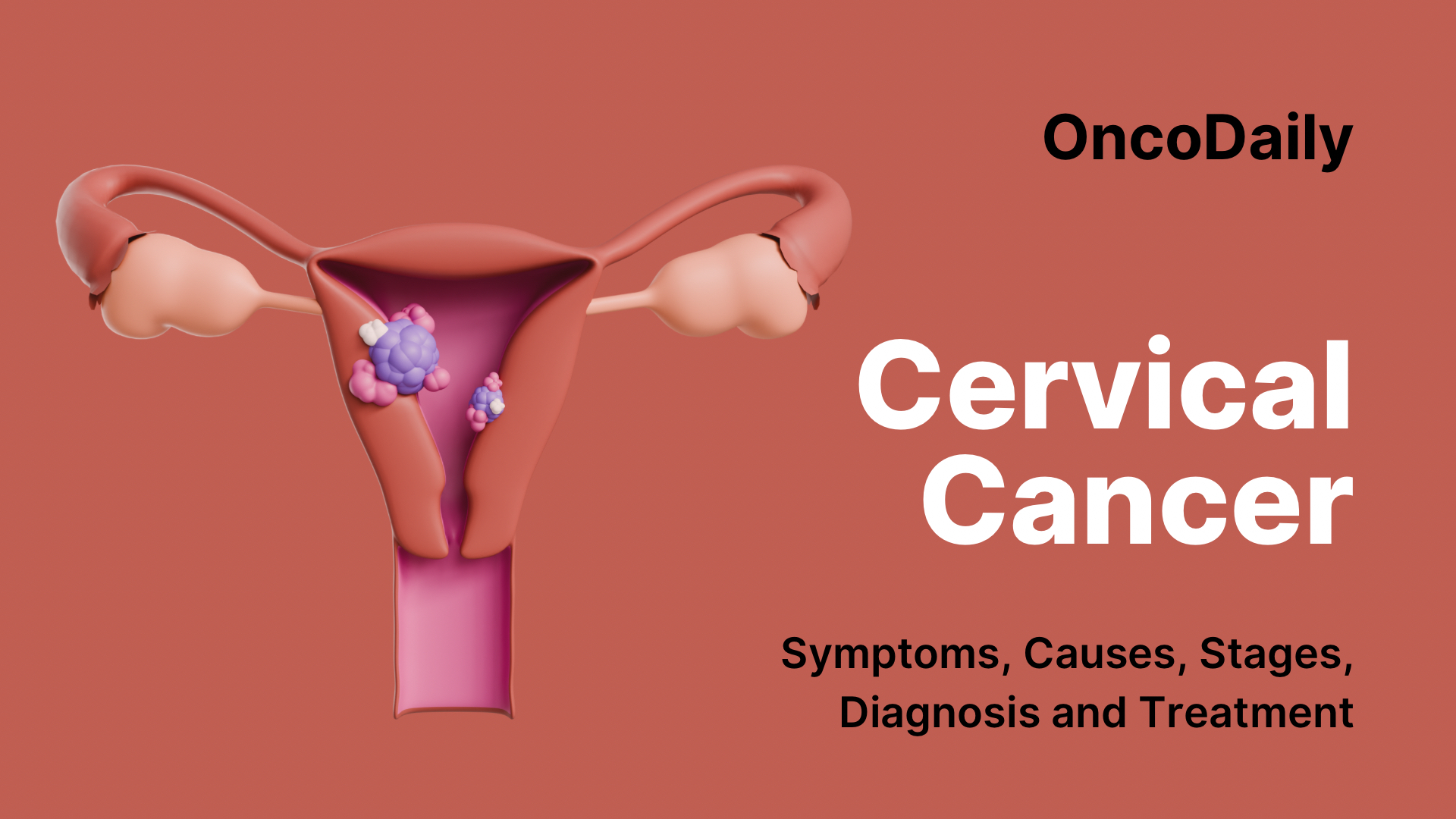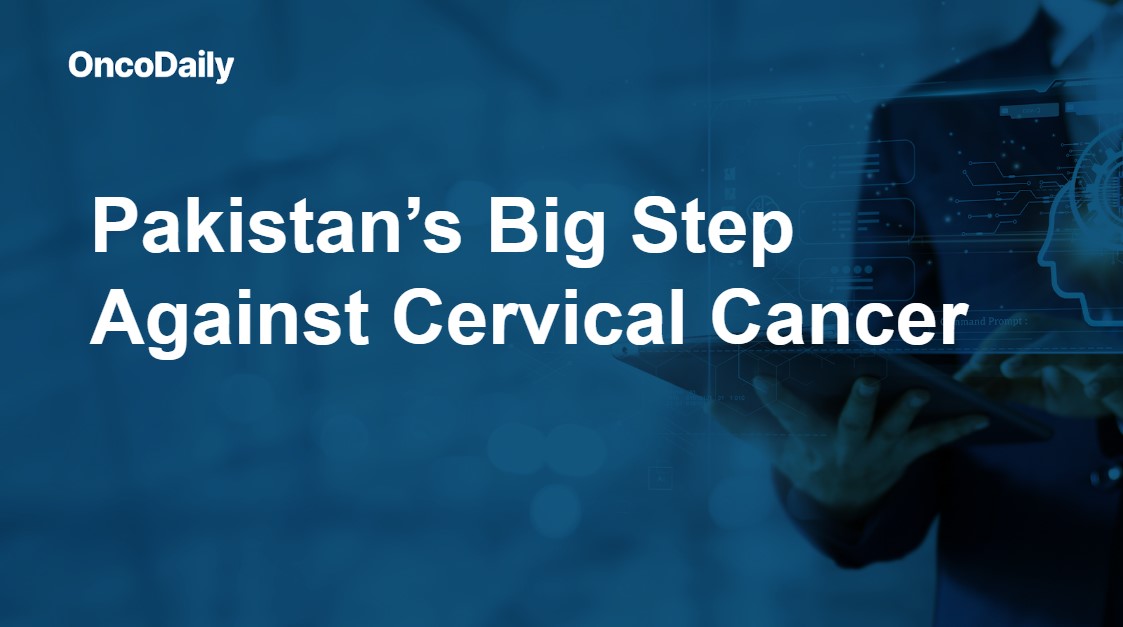According to the World Health Organization (WHO), Pakistan has launched its first-ever human papillomavirus (HPV) vaccination campaign—an historic public-health effort designed to protect roughly 13 million adolescent girls from cervical cancer. The initiative was announced on 16 September 2025 in Islamabad, led by the Government of Pakistan’s Federal Directorate of Immunization (FDI), with technical support from WHO, and in partnership with Gavi, the Vaccine Alliance, and UNICEF. WHO notes that Pakistan now joins more than 150 countries that have already incorporated a WHO-prequalified HPV vaccine into their national immunization schedules.
WHO frames the campaign as a major leap toward the World Health Assembly’s 2030 goal of eliminating cervical cancer as a public health problem. By introducing HPV vaccination for girls aged 9–14 years, Pakistan is aligning with global evidence showing that immunization before exposure to HPV offers the strongest, most durable protection against cervical cancer later in life.
At the launch, WHO reports, Federal Health Minister Syed Mustafa Kamal called the campaign a vital investment in women’s health and urged families to ensure eligible girls are vaccinated. He cautioned the public not to be swayed by misinformation, emphasizing that the HPV vaccine is safe, effective, and essential to protecting girls now and women in the future.
How The Rollout works: Phased, School-Anchored, and Free of Charge
According to WHO, the 2025 rollout focuses first on Punjab, Sindh, Pakistan-administered Kashmir, and the Islamabad Capital Territory, with Khyber Pakhtunkhwa slated for 2026 and Balochistan and Gilgit-Baltistan in 2027. The aim in this first phase is ambitious: vaccinate at least 90% of the 13 million eligible girls and then integrate the HPV vaccine into routine immunization for 9-year-olds in subsequent years.
WHO adds that more than 49,000 health workers trained with its support are being mobilized across fixed sites, outreach posts, schools, and mobile/special vaccination teams. This blended delivery model is designed to meet families where they are—bringing services to classrooms and hard-to-reach communities as well as health facilities. Outreach posts will be set up in remote areas, while special vaccination teams will target underserved populations at elevated risk of missing routine services. The vaccine is offered free of charge for all eligible girls, a measure WHO says is crucial to maximizing uptake and equity.
WHO’s Representative in Pakistan, Dr Dapeng Luo, underscores the campaign’s urgency. According to WHO’s message, Pakistan loses eight women every day to cervical cancer—a sobering metric that translates to thousands of preventable deaths each year. With this introduction, WHO says Pakistan can protect 13 million girls by 2025 and over 17 million by 2027, provided coverage goals are met as the roll-out expands.
WHO also stresses that the vaccine has a strong safety record, is WHO-prequalified, and is already saving lives in more than 150 countries, including many Muslim-majority countries. That point—shared repeatedly, according to WHO—is meant to reassure parents and community leaders who may be unfamiliar with HPV vaccination and its long history of safe use worldwide.
Partners’ messages, according to WHO
According to WHO’s account of the launch, partners highlighted both the science and the social impact:
- Gavi emphasized that a single dose of HPV vaccine can prevent most cases of cervical cancer. As relayed by WHO, Gavi’s leadership called the campaign a chance to reshape women’s health in Pakistan by giving millions of girls the power to protect their futures—removing a fear that too often derails education, family life, and economic opportunity.
- UNICEF framed the effort as a historic step for girls and young women, according to WHO—one that allows the “women of tomorrow” to grow, learn, and thrive without the shadow of a preventable cancer. UNICEF highlighted the coordinated partnership with the Government of Pakistan, WHO, and Gavi as a model for reaching large cohorts quickly and fairly.
Why This Matters: Prevention now, Lives Saved For Decades
According to WHO, cervical cancer remains one of the leading causes of cancer death among women in many low- and middle-income settings despite being largely preventable. The HPV virus—which is extremely common and typically acquired soon after sexual debut—is responsible for nearly all cervical cancers. That is why WHO and partners stress early vaccination (ages 9–14)—well before potential exposure—as the most effective strategy.
WHO points to growing global evidence that one-dose schedules can deliver strong protection, which simplifies logistics and reduces costs for families and health systems. For Pakistan, WHO says, this means more girls can be reached faster and more efficiently, particularly in rural or underserved areas where returning for a second dose can be difficult. As part of a comprehensive strategy, WHO also reiterates the role of HPV screening and treatment of precancerous lesions for adult women, ensuring that the girls who are vaccinated today enter adulthood in a system increasingly oriented to prevention across the life course.
WHO’s framing emphasizes equity. By deploying school-based sessions, outreach posts, and mobile teams, the campaign is designed to narrow gaps in access that often track along lines of geography, income, and social vulnerability. According to WHO, eliminating financial barriers (free vaccination) and logistical barriers (bringing vaccines to schools and communities) is fundamental to achieving the 90% coverage target and sustaining protection through routine immunization.
WHO also links the campaign to the Cervical Cancer Elimination Initiative, which sets three global targets by 2030: 90% of girls fully vaccinated with HPV vaccine by age 15; 70% of women screened with a high-performance test at 35 and 45; and 90% of women identified with cervical disease receiving treatment. Pakistan’s step on HPV vaccination, according to WHO, is a cornerstone for meeting those goals nationally.
Addressing Concerns and Building Trust
According to WHO, community engagement is at the heart of the campaign. Health authorities and partners are working with parents, teachers, religious leaders, and local influencers to answer questions and counter misinformation, emphasizing the vaccine’s safety, effectiveness, and alignment with Islamic and national health priorities. WHO notes that clear, consistent messages—from government leaders and from trusted health professionals—help families make informed decisions and reduce hesitation that could slow coverage.
WHO also underscores the importance of data systems to track uptake in real time, identify coverage gaps, and direct mobile teams to areas with lagging absorption. This data-driven approach, WHO says, is essential for achieving high first-dose coverage quickly and planning for sustained integration into routine services.
The Road Ahead
According to WHO, the 2025 campaign is only the first step. The plan is to embed HPV vaccination into routine immunization for 9-year-old girls, ensuring each new cohort is protected as they reach eligibility. As additional provinces come on line—Khyber Pakhtunkhwa in 2026, Balochistan and Gilgit-Baltistan in 2027—WHO says the national program will steadily close the protection gap, with special teams continuing to focus on hard-to-reach and high-risk communities.
WHO emphasizes that sustained success will depend on continued partnership: reliable vaccine supply, community engagement, trained health workers, and strong political commitment at national and provincial levels. According to WHO, these pillars—already visible in the campaign’s design—are what convert an ambitious national launch into long-term, population-level protection for girls today and women tomorrow.
Bottom line, according to WHO: Pakistan’s first HPV vaccination campaign is a turning point. Backed by government leadership and a broad partnership with Gavi and UNICEF, and implemented through tens of thousands of trained health workers, the effort is built to reach millions of girls quickly and fairly—then keep going year after year through routine immunization. If high coverage is achieved and sustained, WHO says Pakistan can save thousands of lives, move decisively toward cervical cancer elimination, and secure a healthier future for its next generation.

Read OncoDaily’s Special Article About Cervical Cancer
Written By Aren Karapetyan, MD
